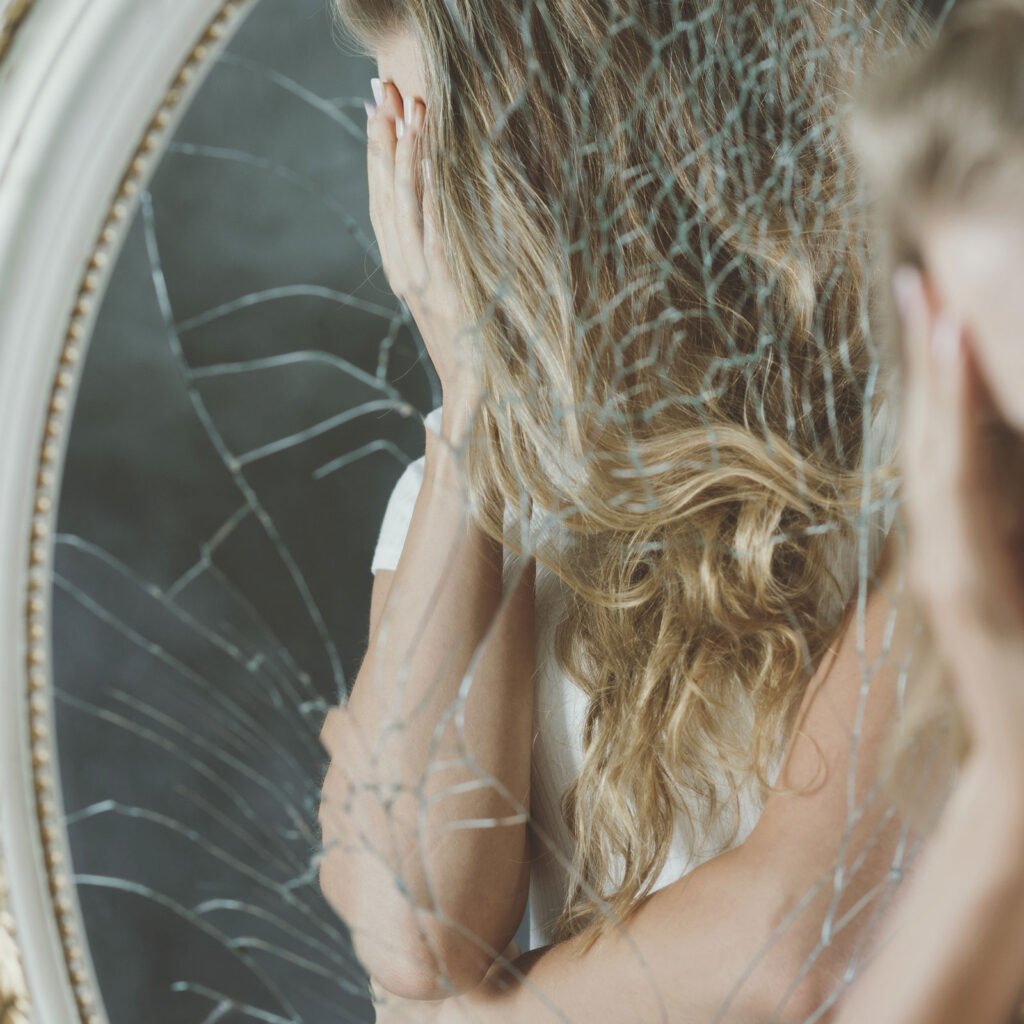There’s a strange irony in losing your nose:
suddenly, you can’t stop being seen.
Not seen, like “noticed.”
Seen, like stared at. Judged. Pitied.
Watched through the lens of other people’s discomfort.
Before cancer, I had a face that blended in. I could enter a room, smile, and be received without a second thought. I was in control of how I was perceived. I could choose visibility—or invisibility—depending on the moment.
After my rhinectomy, that control vanished.
The New Gaze
When you’re visibly disfigured, you don’t get to choose whether or not people look at you.
You don’t get to decide when or how you become someone else’s curiosity or cautionary tale.
I saw it in their glances—the way eyes would flick toward me and then immediately away. Or worse, the way they wouldn’t look at all. As if looking might somehow make it more real.
There’s something deeply human in that reaction. Disfigurement forces people to confront vulnerability, mortality, and difference. And not everyone knows what to do with that.
For a while, I didn’t know what to do with it either.
Not Hiding—but Not Performing Either
I expected to hide after surgery. I thought I’d want to disappear until I looked “normal” again—whatever that means. And at first, I did.
But hiding turned out to be worse than being seen.
Because hiding wasn’t just physical—it was psychological.
It told my brain: “You’re too much. You’re not ready. You’re not worthy of being witnessed.”
So I started going out. At first in baby steps. A coffee run. A quick walk.
Eventually, I stopped apologizing for taking up space.
Redefining Confidence
Here’s the thing no one tells you: confidence has almost nothing to do with how you look.
Confidence is an energy. A presence. A decision.
When I walked into a room feeling like a broken version of myself, people mirrored that discomfort back at me.
But when I entered with my head up—bandage on, face not yet “fixed”—something shifted.
People didn’t look away.
They looked curious. Then they looked impressed.
Then they looked… inspired.
Not because of what I’d lost.
But because of what I carried in spite of it.
Beauty as Perception, Not Performance
Going through facial reconstruction has made me rethink everything I once believed about beauty, identity, and presentation.
I used to think beauty was about symmetry. Or glow. Or how effortlessly you could make yourself look like you weren’t trying.
Now I see it differently.
Beauty is clarity.
It’s knowing who you are and standing in that knowing, even when the rest of the world doesn’t quite know what to do with it.
It’s authenticity that doesn’t flinch.
A New Kind of Visibility
I turn more heads now than I ever did before cancer.
But it’s not shock that draws the attention.
It’s that I’m not afraid of being seen.
And I’ve realized that’s the most powerful kind of visibility there is.



